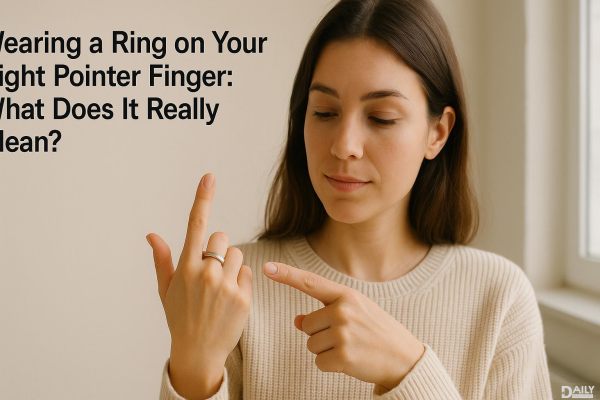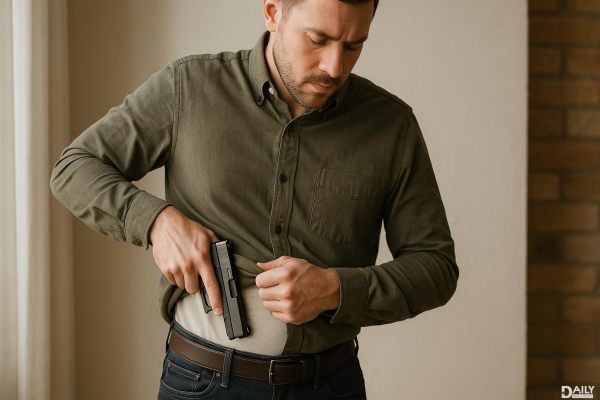Wearing a ring on your right pointer finger might seem like a simple fashion choice, but it can carry deeper meanings depending on culture, personal symbolism, or even professional signaling. While some people slap a ring on that digit purely for aesthetics, others use it as a subtle way to communicate status, affiliation, or even availability. So, if you’ve ever wondered why someone—or you—gravitate toward that specific finger, let’s break it down without getting too stuffy about it.

Rings have been loaded with meaning for centuries, and the right pointer finger is no exception. In some cultures, this placement signifies authority or leadership—think kings and nobles who wore signet rings on their index fingers to stamp wax seals on important documents. Even today, certain fraternal organizations or professional groups use rings on this finger to denote membership or rank. Meanwhile, in Eastern European traditions, a ring on the right index finger can symbolize marital status, especially in Orthodox Christian communities where wedding bands are worn on the right hand. So, if you spot someone rocking a ring there, they might be subtly shouting, “I’m taken!”—or just really into medieval history.
Ever noticed how some CEOs or high-profile speakers wear chunky rings on their right pointer finger? There’s a psychology to it. The index finger is associated with ambition and assertiveness, so adorning it can be a quiet power move. In certain industries—like finance or law—a ring on this finger might hint at confidence or a desire to command attention. It’s like saying, “I’m here to make decisions,” without actually saying it. Of course, not everyone’s playing 4D chess with their jewelry; sometimes, it’s just a bold accessory. But if you’re aiming to project authority, this finger’s a solid pick.
For many people, rings are deeply personal. The right pointer finger can represent self-assertion or a milestone—like graduating, starting a new career, or overcoming a challenge. Some wear a ring there as a reminder of a personal mantra or goal (think of it as a wearable pep talk). Others might use it to reclaim agency, especially if the ring was a gift or inheritance. There’s also a growing trend of “self-marriage” or commitment rings, where people pledge loyalty to themselves, often placing the ring on this finger as a declaration of independence. So, if you see someone with a ring there, don’t assume it’s just for show—it could be their version of a motivational tattoo.
Let’s be real: Sometimes, a ring is just a ring. The right pointer finger is a prime spot for statement pieces because it’s front and center when you gesture or point (hence the name). Stackable rings, bold designs, or even quirky shapes pop here, making it a favorite for fashion-forward folks. Plus, it’s less crowded than the ring finger, so if you’re into minimalist styling, this finger offers a clean canvas. Whether it’s a vintage family heirloom or a $20 flea-market find, the only “meaning” might be, “This looked cool, so I wore it.” And honestly? That’s valid.
In LGBTQ+ communities, jewelry placement can sometimes signal identity or availability. While not a universal code, some queer folks wear rings on their right pointer finger as a subtle nod to their orientation—similar to the old-school “hanky code” but way more low-key. For others, it’s simply a comfortable or aesthetically pleasing choice. The key takeaway? Don’t assume you can “read” someone’s identity based on ring placement alone. Context matters, and so does personal style.
At the end of the day, wearing a ring on your right pointer finger can mean a dozen different things—or nothing at all. Whether it’s cultural tradition, a power flex, a personal token, or just a vibe, the “real” meaning is whatever you (or the wearer) assign to it. So next time you slide a ring onto that finger, ask yourself: Is this a symbol, a statement, or just a shiny distraction? No wrong answers here.
























